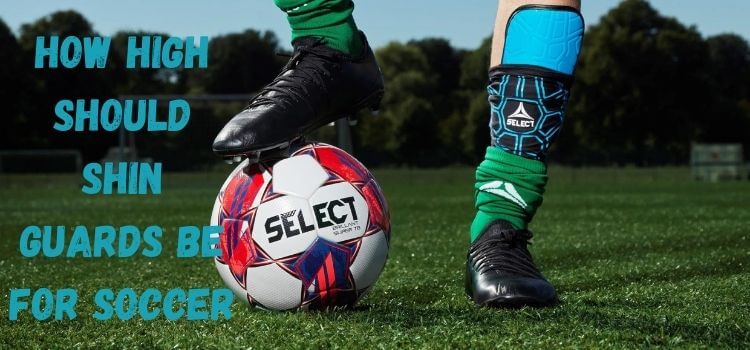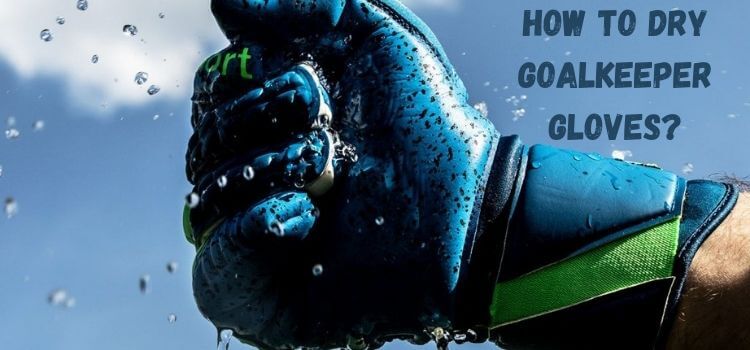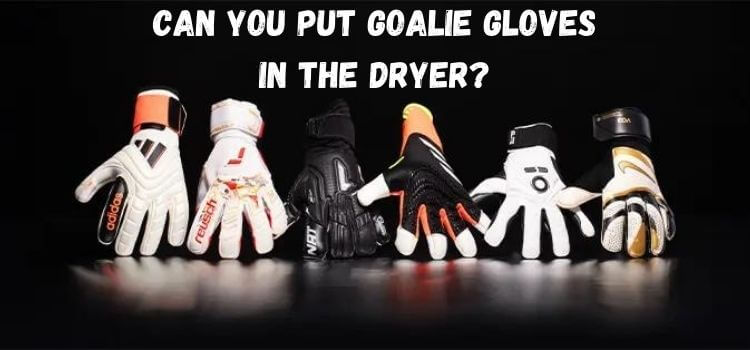As an Amazon Associate, I earn from qualifying purchases
One of the most essential pieces of soccer equipment is the shin guard. Shin guards prevent injuries and allow players to play to their full potential. In this article, we will delve into how high shin guards should be for soccer, ensuring they provide maximum protection and Comfort.

Understanding Shin Guards
What Are Shin Guards?
Shin guards are protective equipment placed on the front of the lower limbs to prevent injuries to the shin bone from collisions and impacts during soccer matches. They are typically made from plastic, foam rubber, and fiberglass.
History and Evolution of Shin Guards
Shin guards have been used for centuries, dating back to ancient civilizations where warriors used them for protection in battle.
In soccer, they became mandatory in the 1990s, evolving from simple leather pads to advanced designs that offer better protection and Comfort.
Why Proper Fit Matters
Safety Concerns
It’s imperative to wear shin guards correctly to avoid injury. Ill-fitting shin guards can leave parts of the shin exposed, increasing the risk of fractures, bruises, and other injuries.
Performance Enhancement
Properly fitted shin guards can also enhance performance by allowing players to move freely and confidently, knowing they are protected. This boosts their focus and reduces the likelihood of injuries.
Factors to Consider When Choosing Shin Guards
Age and Skill Level
The age and skill level of a player can influence the type and size of shin guards needed. Youth players might require different specifications compared to adult professionals.
Position Played
Different positions may demand different types of shin guards. Defenders might need more robust protection than midfielders or forwards.
Type of Shin Guards
There are various types of shin guards available, each suited for different needs:
- Slip-in Shin Guards
- Ankle Shin Guards
- Socks with Built-in Shin Guards
Determining the Right Height for Shin Guards
General Guidelines
Shin guards should cover from just above the ankle to a few inches below the knee. This ensures the shin bone is fully protected without restricting movement.
Measuring Your Legs
Measure the distance between the top of your ankle and the bottom of your knee to determine the appropriate size. This measurement will help you select shin guards that offer a proper fit.
Adjusting for Comfort
Once you have the right size, ensure the shin guards are comfortable. They shouldn’t be too tight or too loose, and they should stay in place during play.
Different Types of Shin Guards
Slip-in Shin Guards
These are simple pads that slip under your socks. They are lightweight and allow for great flexibility but may need additional sleeves or tape to stay in place.
Ankle Shin Guards
These provide additional protection for the ankles and are secured with straps. They are ideal for younger players or those prone to ankle injuries.
Socks with Built-in Shin Guards
These combine the shin guard and sock into one piece, ensuring the guard stays in place. They are convenient but may lack the flexibility of separate shin guards.
How to Wear Shin Guards Properly
Positioning
Place the shin guard directly on the front of your shin bone. It should cover the entire length of the shin without extending too far up or down.
Securing with Straps or Sleeves
Use straps, sleeves, or tape to keep the shin guards in place. Please make sure they are snug but not overly tight, allowing for good circulation and movement.
Common Mistakes to Avoid
Wearing Them Too Low or Too High
Shin guards that are too low leave the upper shin exposed, while those that are too high can restrict knee movement. Aim for a balanced fit.
Ignoring Comfort
Uncomfortable shin guards can distract you and affect your performance. Always prioritize Comfort along with protection.
Maintaining Your Shin Guards
Cleaning Tips
Regularly clean your shin guards to prevent bacteria buildup and odors. Make sure they are scorched before using them, then wash them with mild soap.
When to Replace Them
Replace your shin guards when they show signs of wear and tear or if they no longer fit properly. Worn-out guards can’t provide adequate protection.
Customizing Shin Guards
Personalized Fit
Some players prefer custom-fitted shin guards for maximum Comfort and protection. This involves molding the guards to the exact shape of your legs.
Adding Extra Padding
You can add extra padding to your shin guards for additional protection, especially if you play in a position that involves frequent collisions.
Professional Players and Their Preferences
Examples from Top Soccer Players
Many professional players have specific preferences for their shin guards. Cristiano Ronaldo, for instance, uses lightweight, slim shin guards for better agility.
Insights from Sports Experts
Experts often recommend shin guards that offer a balance between protection and mobility, tailored to the player’s position and playing style.
Buying Guide for Shin Guards
What to Look For
When buying shin guards, look for durability, Comfort, and adequate protection. Check for adjustable features like straps or sleeves.
Budget Considerations
Quality shin guards come in various price ranges. Invest in a pair that offers good protection without breaking the bank.
Benefits of Well-fitted Shin Guards
Enhanced Protection
Well-fitted shin guards protect against injuries, allowing you to play confidently and aggressively.
Improved Confidence on the Field
Knowing you are well-protected boosts your confidence, enabling you to focus on your game and perform better.
Shin Guard Regulations in Soccer
Official Rules
Most soccer leagues have specific regulations regarding shin guards. To avoid penalties, ensure your shin guards comply with these rules.
Compliance with Standards
Choose shin guards that meet the required safety standards for your league or competition.
Conclusion
Finding the proper shin guards and ensuring they fit correctly is essential for both protection and performance in soccer. By taking into account aspects like Comfort, type, and size, you can choose wisely and stay safe on the Field.
FAQs
Replace them when they show signs of wear or every season to ensure they provide adequate protection.
It’s best to use shin guards specifically designed for the sport you’re playing to ensure proper protection.
If they don’t cover your shin fully or feel overly tight, they might be too small.
Goalkeepers can wear shin guards, but due to their specific movement needs, they often prefer lighter and more flexible options.
Look for shin guards made from durable materials like fiberglass or reinforced plastic for the best protection.
Read Our More Articles
- How to Maintain Goalkeeper Gloves for Optimal Performance
- What Are the Best Goalkeeper Gloves in the World?
- What Size Shin Guards Do I Need in Soccer?
As an Amazon Associate, I earn from qualifying purchases


